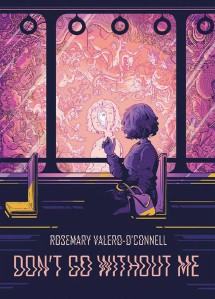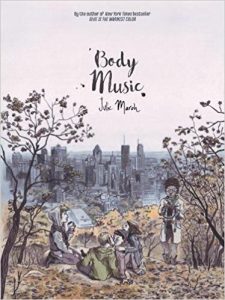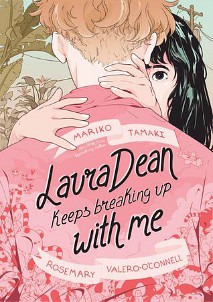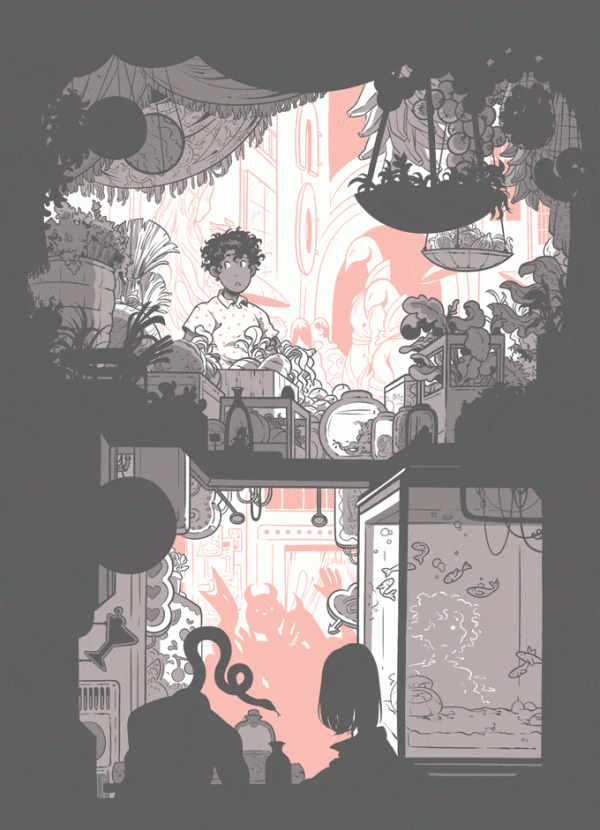Amazon Affiliate Link | Bookshop.org Affiliate Link
What a better way to start the new year than with a beautiful, evocative graphic novel that puts the relationship between two women, their family, and their society at the front and center of the narrative? Jessi Zabarsky’s new graphic novel, Coming Back, is all that and more.
Preet and Valissa are partners that live in a magical society. Preet has magic and is a talented healer. Valissa doesn’t share Preet’s skill at magic but serves as a librarian, the keeper of their society’s histories and stories. After tragedy strikes the community, Valissa takes it upon herself to venture beyond the borders of their town and try to make things right. But she must take this long journey alone. Will Valissa and Preet’s love survive this trial, and what will they both learn during their time apart?
One thing I loved about Coming Back, that so many graphic novels I’ve read don’t do, is how it often lets the art speak for itself. It’s the ultimate version of show, don’t tell: presenting the pictures and letting the readers formulate their own telling of the story. In addition to sparking the readers’ imaginations and allowing us to build a deeper bond to the story, it also allows us to appreciate the beautiful artwork. Coming Back’s minimalist, muted color palette and friendly art style worked really well for me, and I appreciated the opportunity to enjoy it fully.
The only problem with the lack of telling in the story is that sometimes the plot can be a little bit hard to follow. For me, that was doubly true because the plot definitely didn’t go in the direction I was expecting. Personally, I would have appreciated a little bit more worldbuilding or exposition to fully understand the story. I think that would have made the ending of the story land better, as well.
Despite this, one of my favorite parts of the story was the worldbuilding we did get. Like I said before, Valissa is the keeper of their community’s histories. As a society where shapeshifting and magical rituals are commonplace, these stories are as interesting as you can imagine. In addition to being beautifully constructed and illustrated, they also serve as the lynchpin for the story. Coming Back’s main theme is tradition: what it means, what it becomes over time, and when it might be time to change it. While the story was relatively short, I think it did a great job of addressing these questions.
I thought that the characters were a strong suit of this graphic novel. Each character is very unique and individual. Preet and Valissa are no exception. Each of their personalities and flaws were the heart of the narrative. I loved seeing two complex women navigate their relationship with each other and life’s challenges. The fact that both characters were able to grow and develop so much in such a short amount of time was a real achievement.
Coming Back is an excellent, female-centered graphic novel that explores how people relate to each other, their family, and their history. It has an interesting, inviting art style and well-crafted characters. It releases on the 18th of this month. Thank you to the publisher for providing an advanced copy to review.




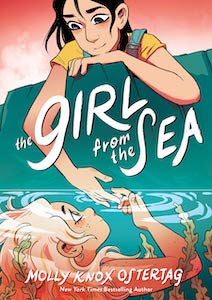
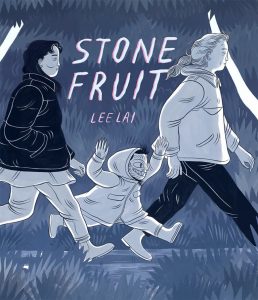
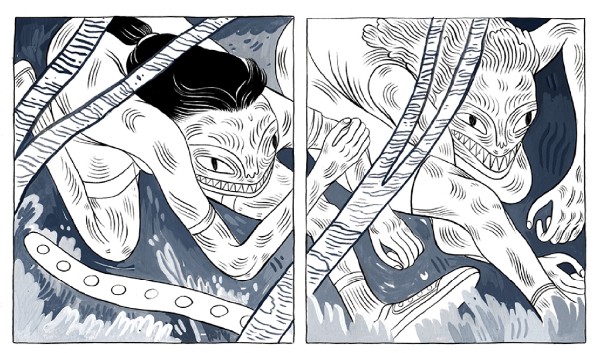
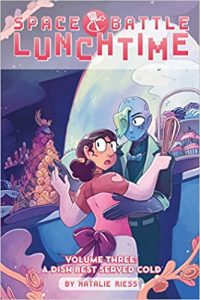 Amazon Affiliate Link
Amazon Affiliate Link